What kind of stylish literary heroine would you be? If you were a character in a book. How would you be perceived, depicted, remembered?
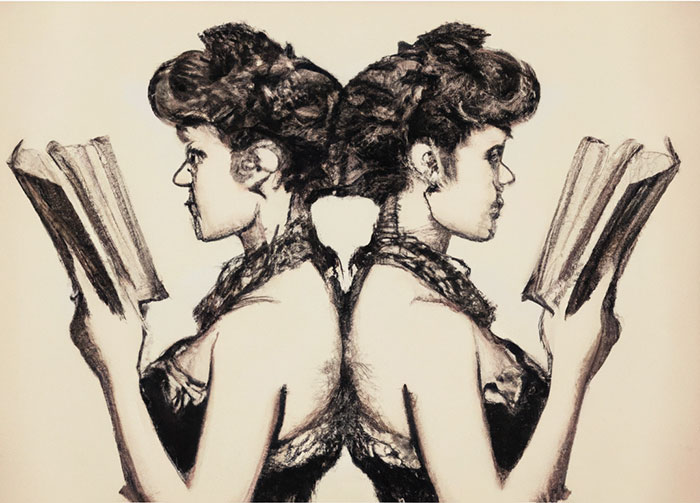
For many of the female heroines (and villains) out there, readers are told all they need to know about their character. Simply through disseminations of their visual appearance. What they’re wearing can tell us whether they’re kind or mean-spirited, beautiful or ugly, or even rich or poor.
So today, we’ll examine a few of our favorite literary heroines. and discuss what stories can be unveiled from the sartorial selections made by all their attentive authors.
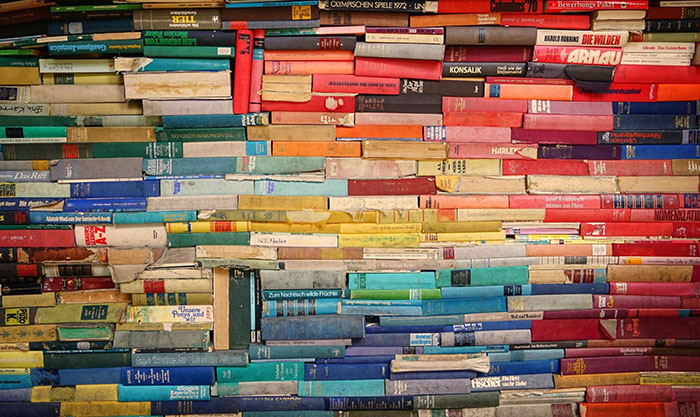
But just a quick disclaimer before we begin! If you’d like to get your hands on any of the books we’ll be discussing below, then we highly recommend ordering all of these delightful new additions to your home library by jumping on book retailers online.
You can even earn Qantas Points by shopping on Booktopia through Qantas Shopping. Which is sure to be an extra incentive for any bibliophiles who are looking for all the reasons to build up their library even further.
Now that’s out of the way, let’s take a closer look at some of the western canon’s most stylish literary heroines.
Cinderella – Cinderella
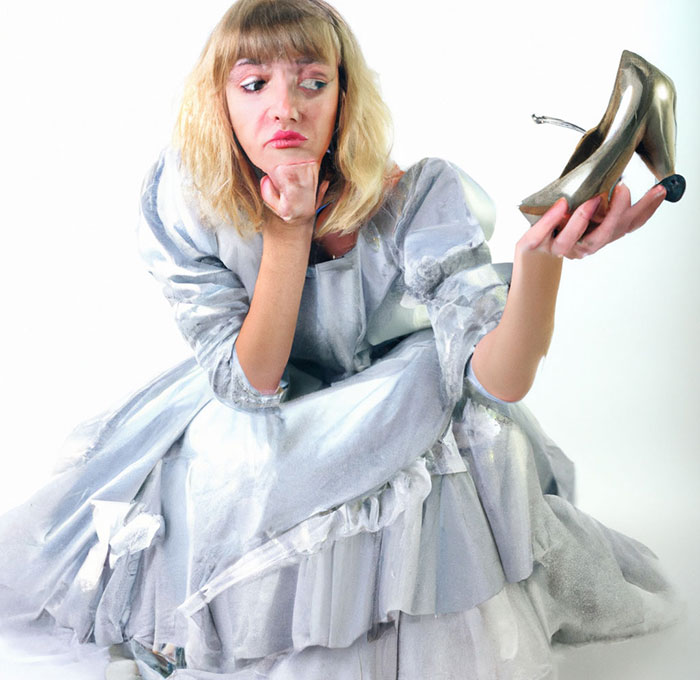
What better heroine to begin with than perhaps one of the most famous? This storybook princess’s wardrobe plays an important role in her storyline. Although Cinderella is originally dressed in plain servant clothing while her evil stepmother and stepsisters were dressed in more stylish and perhaps even garish attire, the women swap status quite quickly in the book as Cinderella begins preparing for the kingdom’s ball.
As far as her countenance goes, Cinderella is described as being far lovelier than the stepmother and stepsisters with their wicked features. The contrast of their wickedness and their stylish clothing highlighted Cinderella’s presentation as a ‘diamond in the rough’. Despite being at the bottom of the food chain with regards to her dress sense, she certainly did possess the grace and beauty required to win the prince’s heart. And it is the second act of the story that sees our heroine transform from a pauper to a princess.
This style change isn’t simply to present Cinderella as a stereotypical belle of that era, but to finally give her an ensemble that matches her inner self: fine and beautiful, but not showy or over-the-top and gaudy. Her golden or glass slippers act both as an addition to her finery as well as a narrative device as a way for the prince to find her, even once her bewitched flowing ball gown transforms back into her servant attire.
Alicent Hightower- Fire & Blood
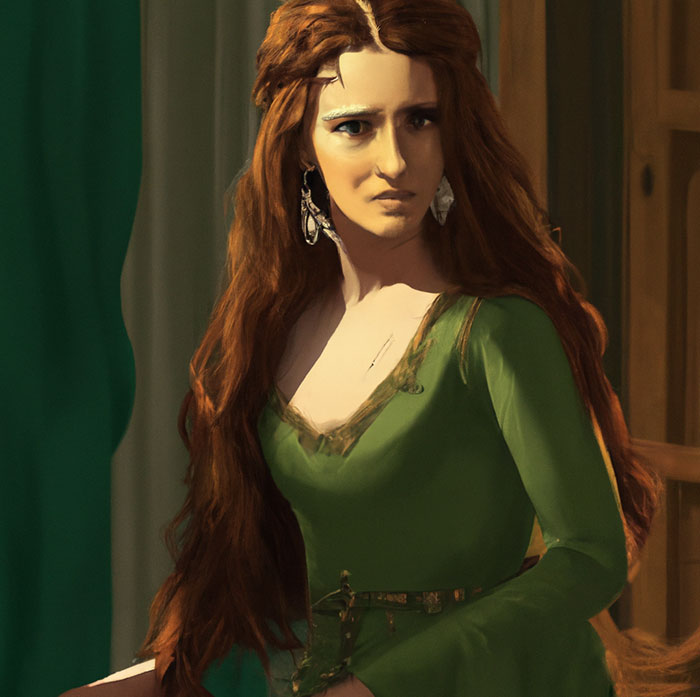
The recent Game Of Thrones prequel TV series, House Of The Dragon, has no doubt got all of us thinking of its literary inspiration and source material, Fire & Blood. The wonderful thing about books is you can interpret them however you wish. So for some, the ambitious and icy Alicent Hightower is a heroine in her own right.
Although she is perhaps more ‘one-note’ in the book than she appears in the series, there is still some sympathy for Alicent, who is brought into the adult world much too early by her cold and detached father. Being manipulated by the men around her largely contributes to her character development, as is the case with many George R.R. Martin heroines.
Within the world of Fire & Blood, very little is accidental or without an underlying meaning, and this is never more true than when it comes to clothing selections for all the noble characters of Westeros. Alicent Hightower marries into the Targaryen family, their family colour being red and black.
Because of this, Alicent chooses to wear green both in the book as well as the series, as green is the colour of her family, the Hightowers. This is an incredibly monumental decision that showcases her dedication and willingness to fight for her family alongside solidifying exactly where her loyalties lie. And all of this is said without a word. This is why Fire & Blood is a superb example of the power that clothing and other character stylistic choices can have on a story.
Cruella – The Hundred And One Dalmatians
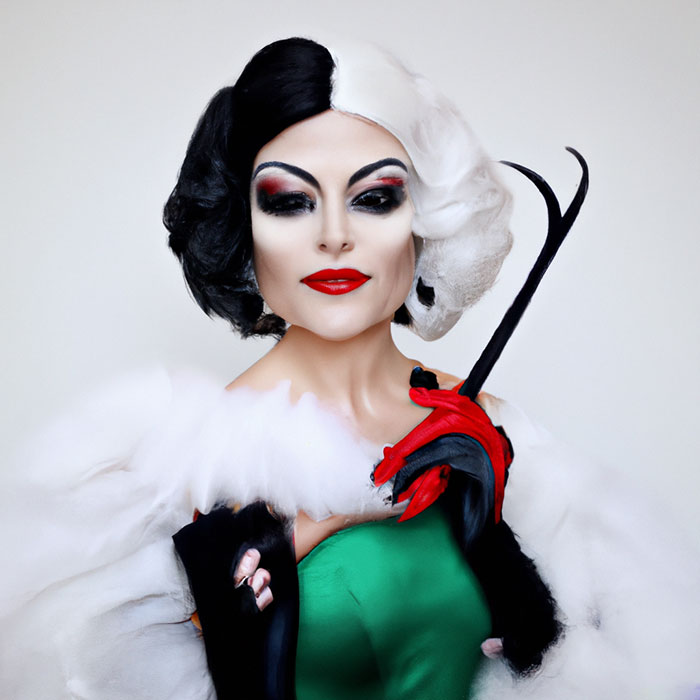
Yes, it may seem like a little bit of a stretch to call Cruella De Vil a heroine. She is a bit of a straight-up villain, her name itself a clever take on ‘cruel devil’. But we just couldn’t miss out on discussing the queen of corrupt couture herself.
Unlike many other stories, Cruella isn’t dressed just for symbolism, nor is it accidental that she appears stylish. The heiress truly loves fashion. In Dodie Smith’s original book, The Hundred And One Dalmatians, she describes her ensemble when meeting the Dearlys.
“She was wearing a tight-fitting emerald satin dress, several ropes of rubies, and an absolutely simple white mink cloak, which reached to the high heels of her ruby-red shoes”. Even just this image alone presents without a doubt that Cruella oozes grand opulence and glamour.
She almost completely juxtaposes a fellow fairytale character, who later got the Disney treatment, much like Cruella – Cinderella. Although both characters’ names end in “Ella” this is about the only thing they share in common, with Cinderella beginning her story in rag-like clothing but a pure heart, and Cruella beginning the story in the finest designs but with nothing but darkness inside of her polished exterior.
Cruella’s quest for fashion brings her to the edge of sanity, stopping at virtually nothing to get ahold of the dalmatian puppies depicted in the book in order to make her one-of-a-kind spotted coat. So, whilst our literary villain is perhaps without a soul, we can’t argue that she’s not without style. But at what cost?!
Amy March – Little Women
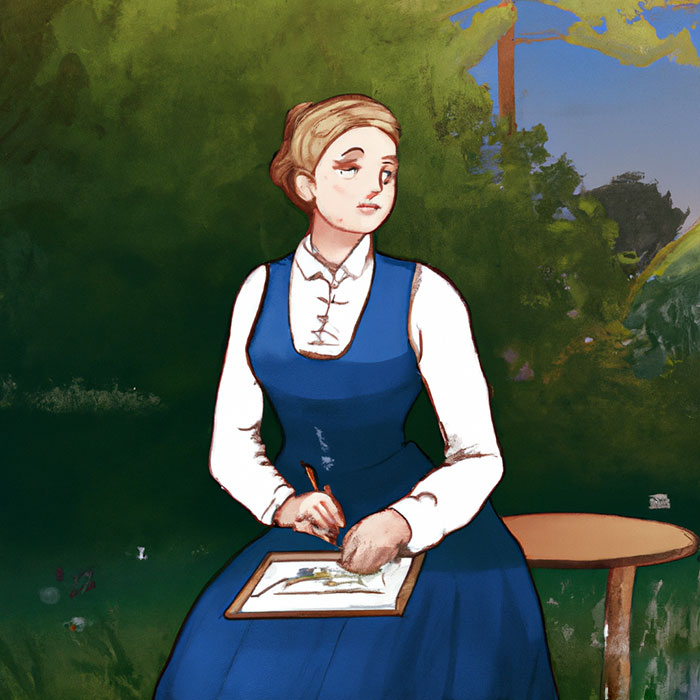
The youngest of the four March sisters depicted in Louisa May Alcott’s beloved novel. Despite all four of the Little Women undergoing their own transformation and journeys of sorts, Amy is consistently recognized as perhaps the March sister who experiences the most rapid transformation, with her evolution greatly symbolized through the changes to her wardrobe and appearance.
Amy’s clothes were basic and neutral in design during her younger years. This makes sense as the March family weren’t wealthy, so it wouldn’t make sense for her to be wearing highly valuable clothing at that point in her life. As Amy grows into a young woman, however, her dresses become more extravagant and elegant, due to her moving in with her wealthy Aunt March to Europe. Her change in clothing is not only a comment on her change in circumstance, but also her overall growth, and maturing beauty. By the end of the book, Amy was no longer that little girl who’d go to bed with clothespins on her nose. She was instead, confident, self-assured, and poised.
Clothing make the Woman
As we’ve discussed, fashion can be symbolic. Clothing is an incredibly effective tool used by authors to tell us virtually all we need to know about a character, without the need for detached exposition.
A character can wear a colour that signals to both us as the reader and the other characters within the tale either freedom or perhaps rebellion. A change in costume doesn’t necessarily mean a change in personality but also circumstance.
Or perhaps fashion can be used as a tool to juxtapose their personalities and their presentation, like that of the wicked Cruella in her extravagant wear, or fair and demure Cinderella in her plain dress.
And despite their differences, all of these women do have one undeniable similarity: they have all held major impacts on women in real life. Whether you were a little girl dressing up as Cinderella, or a young woman fighting over your own sisters about which March sister you wanted to be. Many are in awe of the deliciously evil Cruella De Vil due to her excellent style. Readers collectively gasped when Alicent Hightower wore green in Fire & Blood. So perhaps take this into account and take a look at what your clothing says about you. Would you root for yourself in the story of your life?
That’s all ! © Glamourdaze
